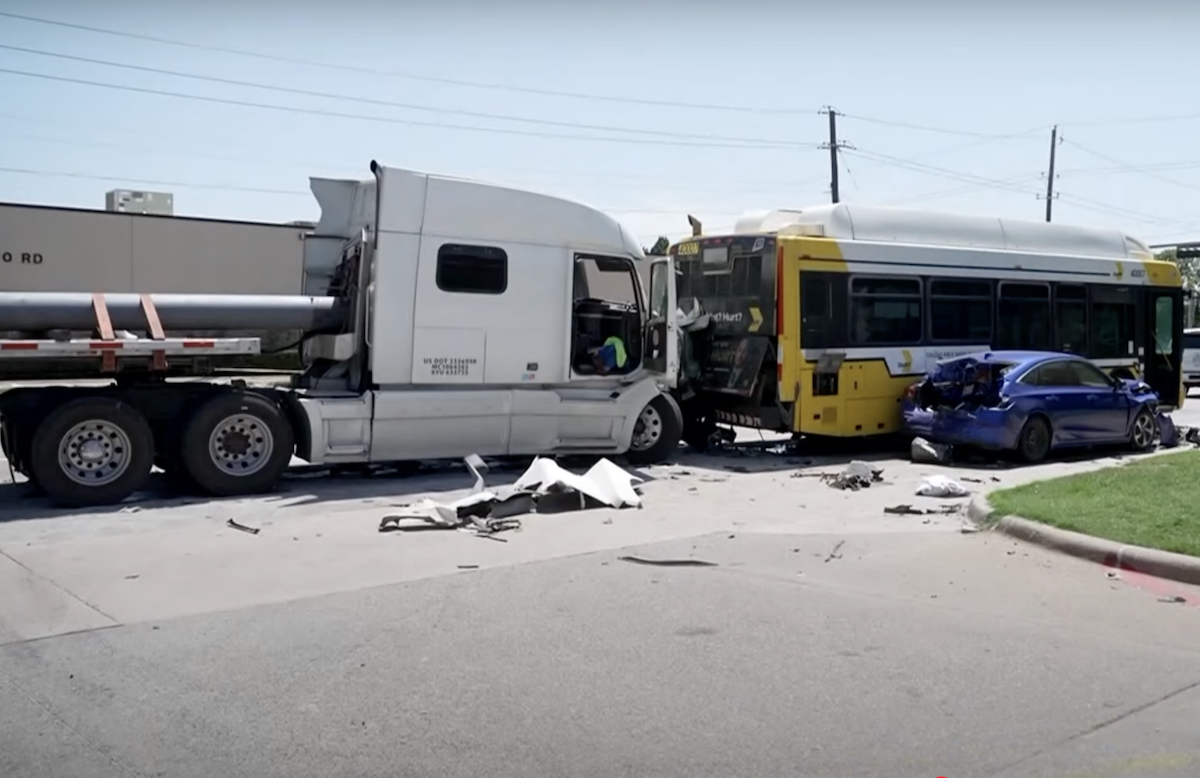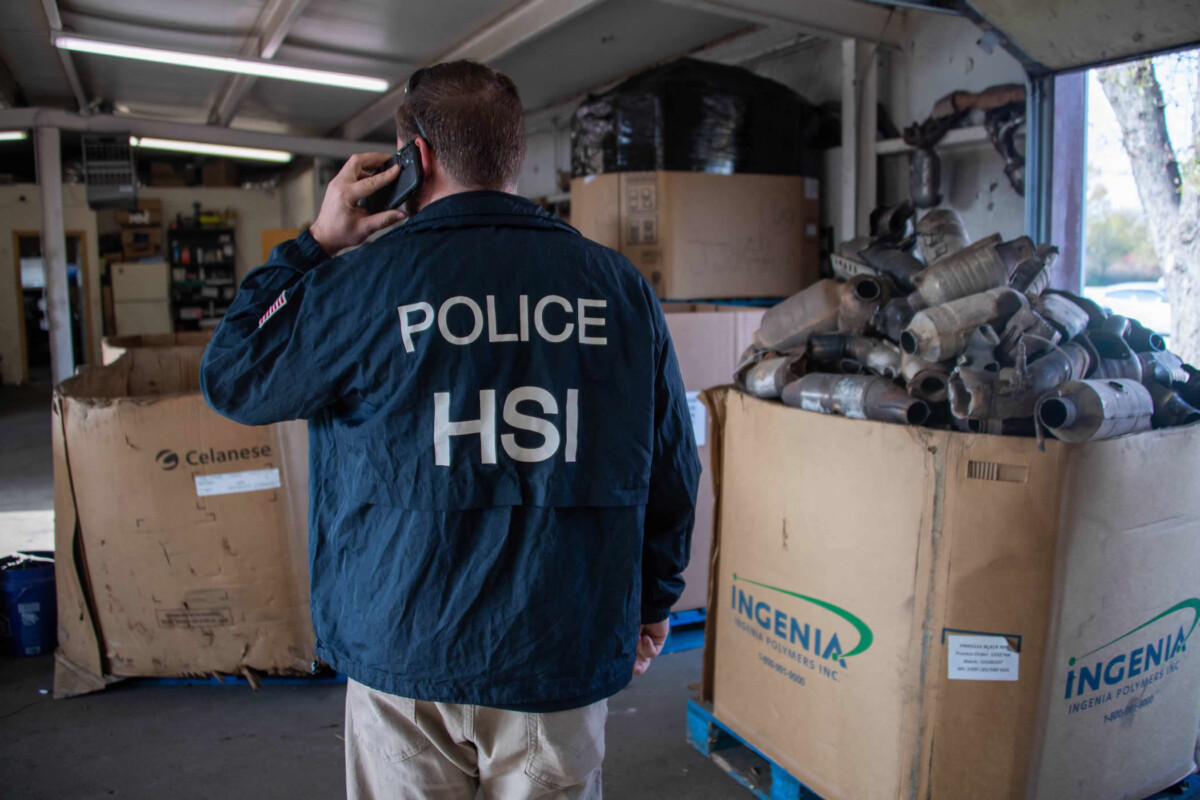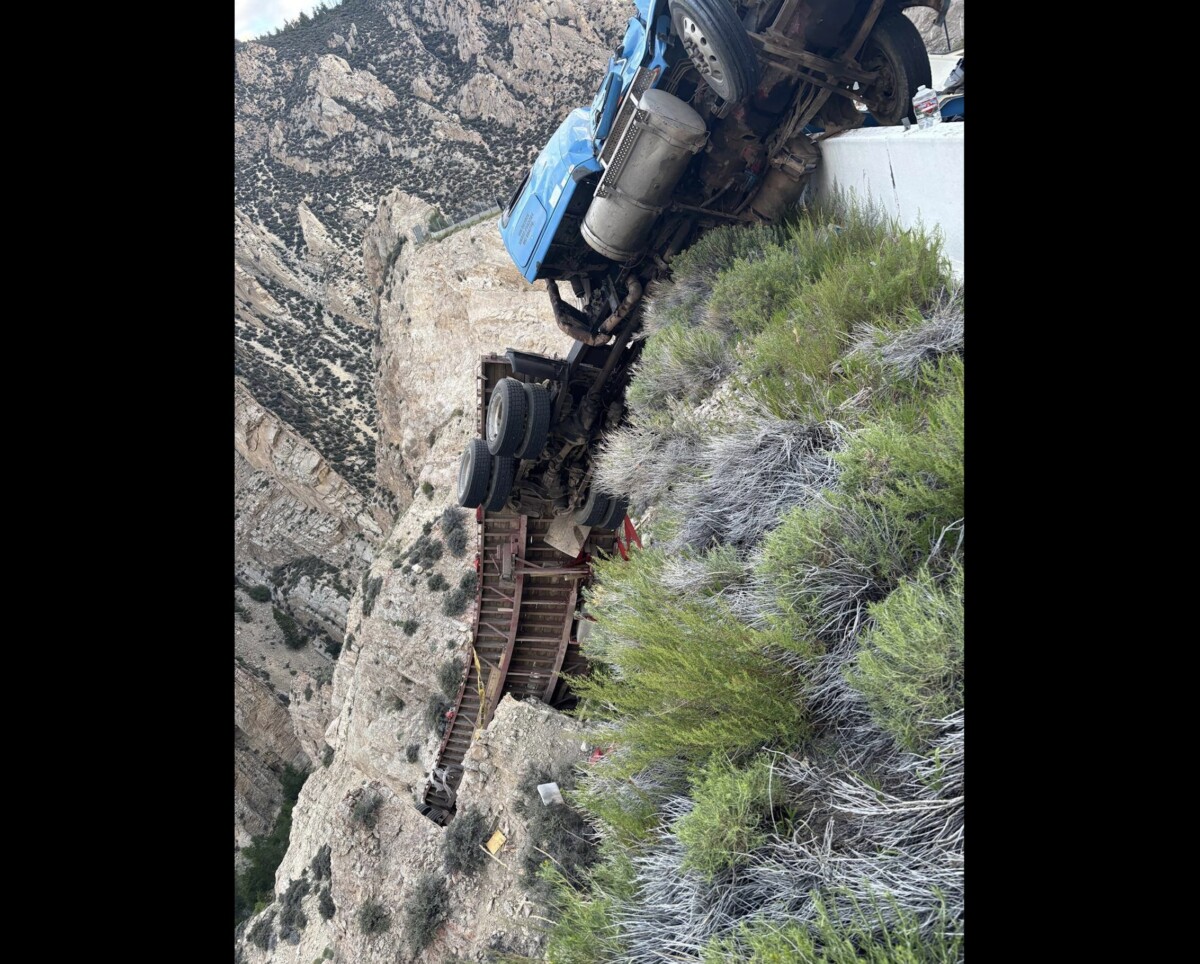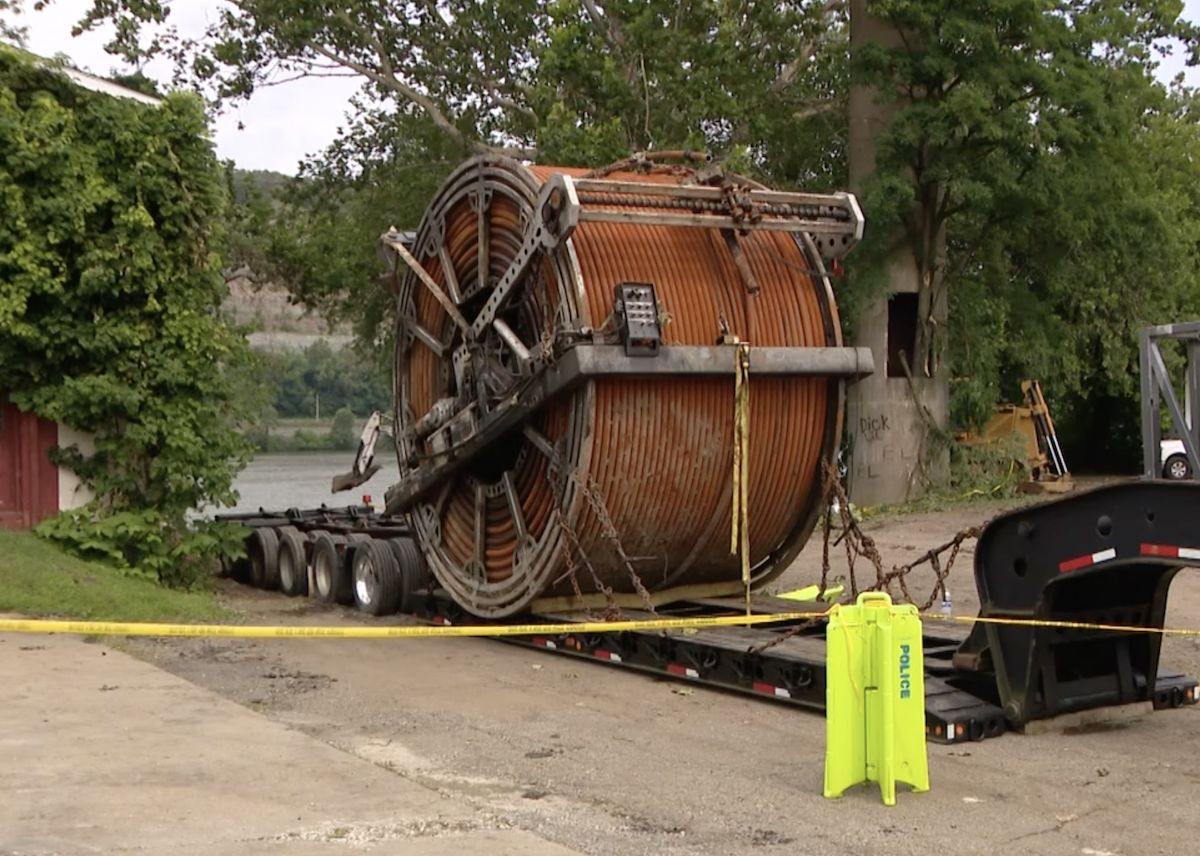Florida and four other states issued emergency waivers for commercial motor vehicles due to Hurricane Idalia’s impact in the Southeast after it made landfall today.
Florida Gov. Ron DeSantis issued two emergency waivers for commercial motor vehicles and certain hours-of-service requirements and size/weight restrictions were lifted. Georgia, Kentucky, North Carolina and South Carolina posted similar waiver orders on Aug. 29.
Idalia made landfall Aug. 30 in Florida as a Category 3 storm, coming ashore in the lightly populated Big Bend region, where the Florida Panhandle curves into the peninsula. It struck near Keaton Beach at 7:45 a.m. EDT as a high-end Category 3 hurricane with maximum sustained winds near 125 mph.
As of Aug. 28, the Florida Department of Transportation opened the maximum number of road lanes possible within construction zones to ensure traffic movement in areas thought to be impacted by the coming storm. Contractors on construction projects began securing work sites, clearing traffic-control devices not actively in use to direct traffic, and monitoring drainage systems.
A National Hurricane Center advisory that day predicted Tropical Storm Idalia will strengthen to become a major hurricane bringing life-threatening storm surges to the Gulf Coast and Tampa Bay with waters rising 7 to 11 feet above ground in some areas as it makes landfall in Florida.
.@FLHSMV has released an Emergency Order for #Idalia related to registrations and Hours of Service. https://t.co/Yyksuj6G7a All future resources and information can be found on our webpage ⬇️
— Florida Trucking Association (@FloridaTrucking) August 27, 2023
“Areas of flash and urban flooding, some of which may be locally significant, are expected across portions of the west coast of Florida, the Florida Panhandle and southern Georgia into Wednesday, spreading into portions of the eastern Carolinas Wednesday into Thursday,” the Hurricane Center noted.
In effect are a pair of sweeping emergency orders from DeSantis, issued Aug. 26 and filed with the Federal Motor Carrier Safety Administration.
Florida Executive Order 23-171, which expires Oct. 25, contains numerous exemptions related to emergency relief. It temporarily suspends enforcement of registration requirements for commercial motor vehicles entering Florida to provide emergency services/supplies, transport emergency equipment, supplies or personnel or bring Federal Emergency Management Administration mobile homes/office-style mobile homes in or out of the state.
THREAD 1/4: Port Tampa Bay is coordinating closely with federal, state, & local agencies, as well as the maritime community, to prepare for the impact of Hurricane Idalia. As always, the Port’s priorities are safety of life, protection of the environment, & maritime resiliency. pic.twitter.com/mzuUvxQIVR
— Port Tampa Bay (@PortTampaBay) August 29, 2023
It waives hours-of-service requirements and size/weight restrictions for divisible loads on any vehicles transporting emergency equipment, services, supplies and agricultural commodities (such as citrus fruit) recommended by the state agriculture commissioner. It also allows state officials to create alternate size and weight restrictions for all such vehicles during the emergency.
However, the order does not authorize any vehicle to exceed weight limits posted for bridges and similar structures, or relieve any vehicle/motor carrier, owner or driver from complying with any restrictions other than those listed in the orders.
Enforcement is suspended for licensing/registration requirements under the International Fuel Tax Agreement for motor carriers or drivers operating commercial motor vehicles that are properly registered in other jurisdictions and helping in emergency relief efforts by transporting emergency equipment, supplies or services.
Drivers delivering essential commodities for the public to an area under a state of emergency may travel within evacuated areas and exceed curfews if approved by state emergency officials.
We are ready to assist! This video shows our FDOT employees departing from Broward County to respond to Hurricane #Idalia. pic.twitter.com/oJ3hf4v0q2
— FDOT District 4 (@MyFDOT_SEFL) August 29, 2023
Expiring Sept. 25, the Florida Highway Safety and Motor Vehicles Emergency Order No. 082623 has declared a state of emergency in nearly three dozen counties. It also waives hours-of-service requirements for motor carriers and drivers operating a commercial motor vehicle to provide emergency relief during the storm emergency. And it waives registration requirements for commercial vehicles entering Florida to help with storm relief efforts.
“Regulatory relief for commercial motor vehicle operations is granted only in direct assistance while providing emergency relief. Direct assistance terminates when a driver or commercial motor vehicle is used in commerce to transport cargo or provide services not directly supporting the emergency relief effort,” the order says. Drivers operating commercial motor vehicles under the emergency declarations must maintain a copy in their possession.
Drivers also must operate according to Florida traffic laws and “remain alert, attentive and free of impairment, fatigue, illness, distraction or similar cause that would reduce the driver’s ability to safely operate the commercial motor vehicle.”
11 AM EDT 29 Aug #Idalia strengthens, with catastrophic storm surge expected in the Big Bend region. Residents in these areas should follow any advice or evacuation orders given by local officials. Make sure to stay informed with latest updates at https://t.co/tW4KeGe9uJpic.twitter.com/MkORCjjpi6
— National Hurricane Center (@NHC_Atlantic) August 29, 2023
Providing direct emergency help ends when a driver or commercial motor vehicle hauls cargo unrelated to Florida storm relief. Upon termination of emergency assistance, no motor carrier shall require or allow any driver used by it to drive until after that driver has met federal requirements for interstate commerce and Florida state laws for intrastate commerce.
“Motor carriers or drivers who are directly or indirectly subject to a current out-of-service order are not eligible for the relief granted by this declaration until they have met the applicable conditions for the order’s rescission and the order has been rescinded by the Florida Highway Patrol, the Federal Motor Carrier Safety Administration or the jurisdiction that issued the out-of-service order, whichever is applicable,” the order cautions.
In other efforts to brace for the storm, state officials are securing barges in the area around the Howard Frankland Bridge project in Tampa. Port Tampa Bay, Seaport Manatee and the Port of St. Petersburg have begun securing port infrastructure and clearing waterways.
Drivers can use Florida’s 511 information traveler information system to learn about road conditions, traffic, closures of roads and bridges, and other alerts. Florida’s 511 system is available on the website or can be downloaded in an app on Apple and Android devices.






